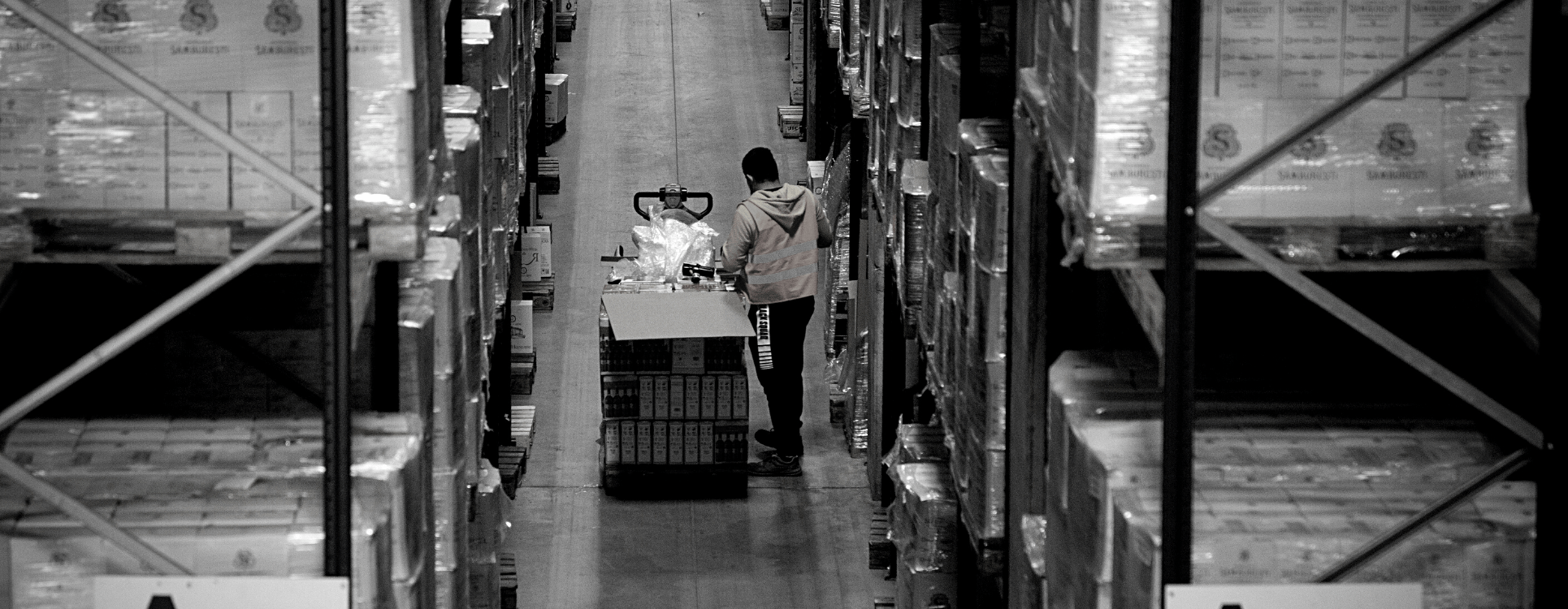Consumer behaviour and market trends can have a significant impact on excess inventory. Excess inventory is common in the e-commerce and home goods industries, and it is typically influenced by constantly changing seasonal trends.
Excess inventory occurs when the number of units in a warehouse exceeds the expected consumer demand for a specific product that has not yet been sold.
Over-buying, inaccurate forecasts, cancelled orders, an uncertain economy, unpredictable weather changes, unpredictable consumer demand, or late or early delivery of goods all contribute to this type of inventory demand mismanagement.
Why is there an excess of inventory?
A number of interruptions in the product cycle can result in excess inventory. These elements can be classified into three types:
- Delays in shipping are caused by factors such as processing times, order frequency, and international regulations.
- Technical difficulties – Issues resulting from system integration, purchase orders, processing, and business unpredictability.
- Other factors, such as the volume of returns or the quality requirements, can also have an impact.
Excess inventory is frequently caused in the FMCG industry by miscalculating customer demand, resulting in overstocking of slower-selling products.
As a result, excess inventory raises several issues concerning waste, storage, and additional costs. However, there are two major drawbacks to having too much inventory:
Excess inventory conditions cash flow
A company that buys inventory intending to resell it for a profit converts that inventory into cash that can be used to pay the company’s day-to-day expenses. As a result, if there is excess inventory, this cash flow will be reduced by keeping the cash in the form of goods and preventing its use elsewhere.
Excess inventory represents a loss of revenue
The longer excess merchandise is held in inventory, the less valuable it becomes as demand for that product falls and it takes up “shelf space” in place of a newer product with a higher profit margin. Furthermore, excess inventory holding costs such as storage, insurance, and taxes eat into profits. Furthermore, having a specific expiration date on products is an even bigger loss because these items are no longer viable once the date has passed and must be discarded entirely, resulting in a zero return on investment.
Inventory turnover is a measure of how quickly a company sells the products in its inventory and how it compares to industry averages. A low turnover rate can indicate poor sales and excess inventory, whereas a high turnover rate indicates strong sales, huge discounts, or even both.
Inventory turnover is a good way to identify which items are reducing cash flow and stifling business growth.
When a product sits idle on a shelf or in a warehouse, it represents a waste of all the resources used to create it. Furthermore, excess inventory must be disposed of if it cannot be sold due to factors such as expiration or deterioration. Excess inventory is not only a waste of all the money and energy that went into its creation, but it is also frequently extremely harmful to the environment.
Efficient inventory management
Using the right technology allows for effective excess inventory management. Online stores gain improved visibility and control over their inventory by utilizing a centralized data recording system that allows inventory information to be viewed, accessed, and updated in real-time from anywhere. Using both current and historical inventory performance data will also result in improved inventory management outcomes. As a result, better management decisions will be made.
Conclusion
Due to the number of factors influencing a supply chain, excess inventory is an inevitable part of most industries, but by optimizing inventory by selling excess products to retailers, stores can recoup some of their revenue.
Taking care of your inventory entails taking care of the evolution of your business, which involves reevaluating your internal processes or logistics infrastructure, as well as utilizing technologies or service providers that will assist you in remaining innovative, creative, and competitive.


